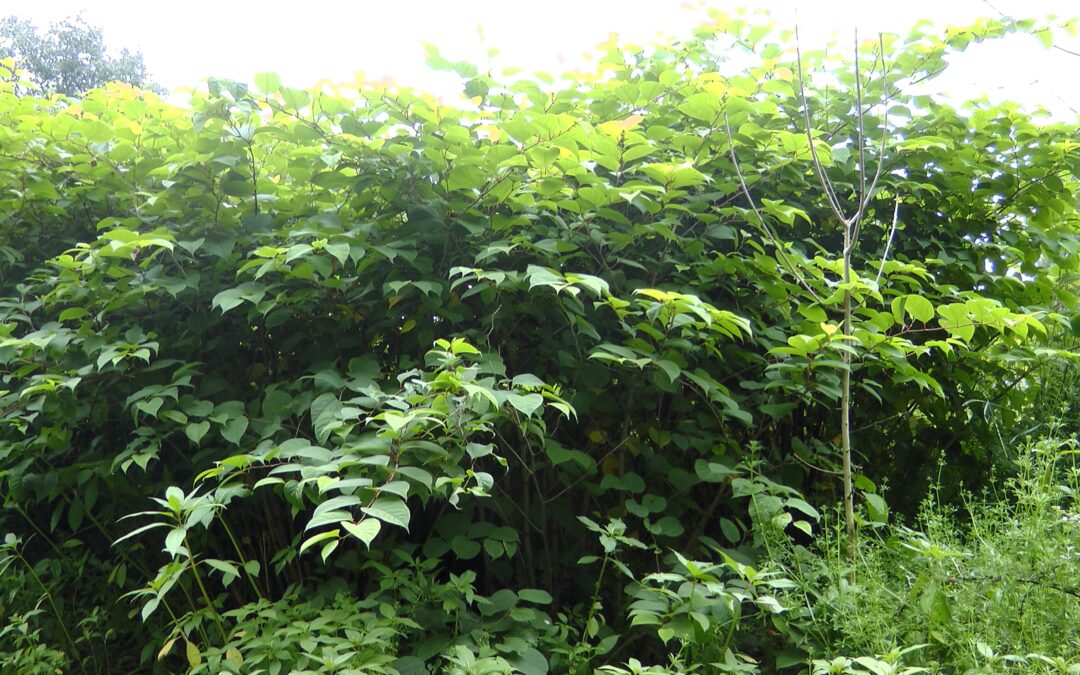How do I know if Japanese knotweed is in my area?
Learn how to identify Japanese knotweed. An invasive plant commonly found near waterways, roads, and disturbed areas. Get tips on critical characteristics to look for and find out what to do if you suspect it’s in your area.
Japanese knotweed is an invasive plant that can be difficult to identify. It is typically found near waterways, roads, highways, and disturbed areas such as construction sites. Some key characteristics to look for include:
Japanese knotweed typically grows in the UK from late spring to early autumn. During this time, it can reach up to 10 feet tall. It produces its distinctive heart-shaped leaves and bamboo-like stems with purple speckles. This makes identifying and distinguishing from other plants in your garden or nearby natural habitats easier.
distinctive heart-shaped leaves and bamboo-like stems with purple speckles. This makes identifying and distinguishing from other plants in your garden or nearby natural habitats easier.![]()
Japanese knotweed produces small white or cream-coloured flowers in late summer, enhancing its recognisable appearance. These flowers bloom in clusters along the stem and can be used to confirm the plant’s identification. However, even when not in whole leaf, Japanese knotweed can still be identified by its distinctive purple speckles on the stems and its growth pattern.
Being able to identify Japanese knotweed
Knowing Japanese knotweed and its growth patterns is essential to control its spread effectively. Also, it helps prevent damage to your garden, nearby buildings, and natural habitats. It’s always best to consult a local expert or a professional to confirm its identity. I hope the above helps you answer the question: How do I know if Japanese knotweed is in my area?
Japanese knotweed is not native to any specific area, but it is considered invasive in many countries around the world, including the UK, the US, Canada, and Australia. This species was originally introduced from Asia for ornamental purposes. The problem is that it quickly spread and became a major invasive species in many areas due to its rapid growth and ability to displace native plants and wildlife.
Japanese knotweed is now found in a wide range of habitats.
It is found in gardens, parks, riverbanks, railway lines, and roadsides. It can grow in a variety of soil types and conditions and tolerates a range of temperatures, making it a particularly challenging invasive species to control.
Due to its invasive nature and potential to cause damage to infrastructure. Japanese knotweed is considered a major concern in many areas. It is important to be aware of its presence and to take steps to prevent its spread and manage existing infestations.
